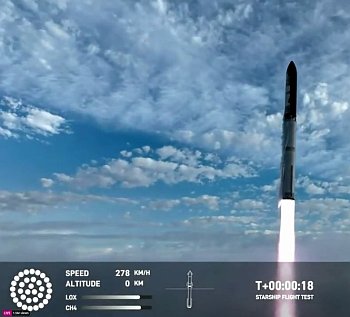Democratic Party voters fire Soros-backed DA in Portland

Looters in downtown Portland in 2021
In a non-partisan primary on May 21, 2024, Portland voters rejected in large numbers the Soros-backed district attorney they had voted for only four years previously.
On Tuesday night, voters in Multnomah County, Oregon fired one-term George Soros-backed incumbent District Attorney Mike Schmidt.
Fox 12 called the race at approximately 9:30 pm local time with Schmidt’s opponent Nathan Vasquez leading 58 percent to 42 percent. In a non-partisan primary, if a candidate garners over 50 percent of the vote, they are declared the winner of the election but don’t take office until January 2025.
Though the primary election in Portland was “non-partisan” (in that no party affiliation for any candidate was listed) in this wholly Democratic Party-controlled stronghold there was no doubt that both candidates were from that party, and the vast majority of the voters were leftist Democrats as well.
Unlike Republican voters or Republican politicians, who like to whine but rarely do anything to get rid of bad apples, the Democrats in Oregon decided that Schmidt’s reign of disaster these last four years required a change. Schmidt had followed the leftist anti-police agenda of numerous other Soros-backed DAs nationwide.
» Read more

Looters in downtown Portland in 2021
In a non-partisan primary on May 21, 2024, Portland voters rejected in large numbers the Soros-backed district attorney they had voted for only four years previously.
On Tuesday night, voters in Multnomah County, Oregon fired one-term George Soros-backed incumbent District Attorney Mike Schmidt.
Fox 12 called the race at approximately 9:30 pm local time with Schmidt’s opponent Nathan Vasquez leading 58 percent to 42 percent. In a non-partisan primary, if a candidate garners over 50 percent of the vote, they are declared the winner of the election but don’t take office until January 2025.
Though the primary election in Portland was “non-partisan” (in that no party affiliation for any candidate was listed) in this wholly Democratic Party-controlled stronghold there was no doubt that both candidates were from that party, and the vast majority of the voters were leftist Democrats as well.
Unlike Republican voters or Republican politicians, who like to whine but rarely do anything to get rid of bad apples, the Democrats in Oregon decided that Schmidt’s reign of disaster these last four years required a change. Schmidt had followed the leftist anti-police agenda of numerous other Soros-backed DAs nationwide.
» Read more







